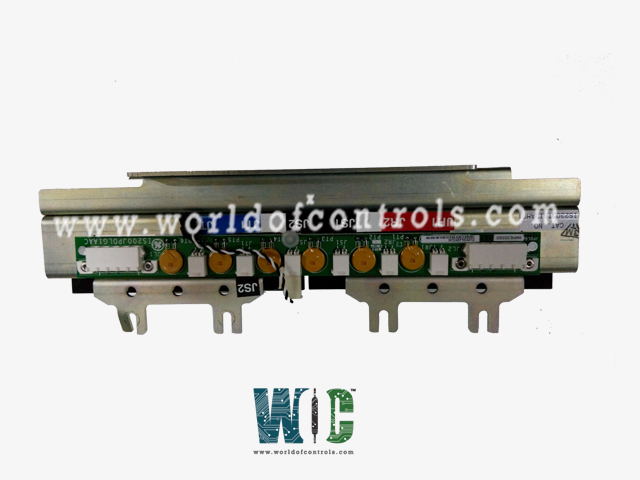
World Of Controls understands the criticality of your requirement and works towards reducing the lead time as much as possible.
IS230STAI2AH01 - Analog Input terminal board is available in stock which ships the same day.
IS230STAI2AH01 - Analog Input terminal board comes in UNUSED as well as REBUILT condition.
To avail our best deals for IS230STAI2AH01 - Analog Input terminal board, contact us and we will get back to you within 24 hours.
Part No.: IS230STAI2AH01
Manufacturer: General Electric
Country of Manufacture: United States of America (USA)
Microprocessor: Intel Ultra Low Voltage Celeron 650 MHz
SDRAM: 128 MB
Compact Flash Module: 128 MB
Advanced Transfer Cache: 256 KB
Operating System: QNX
Expansion site: PMC expansion
Technology: Surface mount
Temperature: -30 to 65oC
Product Type: Simplex Analog Input terminal board
Availability: In Stock
Series: Mark VIe
IS230STAI2AH01 is a Simplex Analog Input terminal board developed by GE. It is a part of Mark VIe control system.It is designed to handle analog signal interfacing between field devices and the control system.
The board is designed for simplex configurations only, meaning it operates without redundancy. It is intended for applications where non-redundant analog I/O is acceptable, such as systems with lower criticality or where redundancy is handled at a higher system level. This also makes the board suitable for installations where cost and space limitations are a factor. The board connects directly to an I/O pack within the Mark VIe control system, which is responsible for the digitization of analog signals and communication with the controller or higher-level system architecture.
The board uses high-density Euro-block terminal connectors to facilitate field wiring. These connectors are designed to minimize the physical footprint of the board while still supporting multiple wire connections. The Euro-block design ensures secure and reliable wire terminations, which is critical in industrial environments subject to vibration, temperature changes, and electrical noise. This connector style also simplifies maintenance and replacement due to its plug-and-play capabilities.
An onboard identification (ID) chip is integrated into the board. This chip stores identification data, which is read by the connected I/O pack. The ID chip plays a key role in system diagnostics, inventory management, and configuration validation. During operation and maintenance, the control system uses the chip data to confirm that the correct board type is installed and functioning as expected, aiding in troubleshooting and reducing configuration errors.
The WOC team is always available to help you with your Mark VIe requirements. For more information, please contact WOC.
What is IS230STAI2AH01?
It is a Simplex Analog Input terminal board developed by GE under the Mark VIe series.
What types of analog inputs are supported?
The board supports inputs from two-wire, three-wire, four-wire, and externally powered transmitters. It also accepts voltage inputs of 5 V and 10 V DC.
What are the output specifications?
It includes two analog output channels. Both default to 0–20 mA, and one can be jumper-configured for 0–200 mA output.
Is the board redundant?
No, it is designed for simplex operation only and does not support redundant configurations.